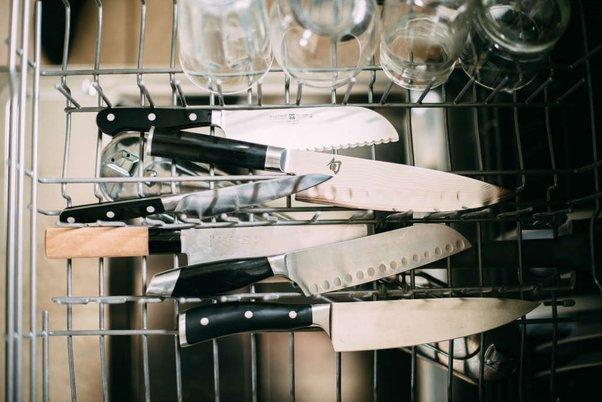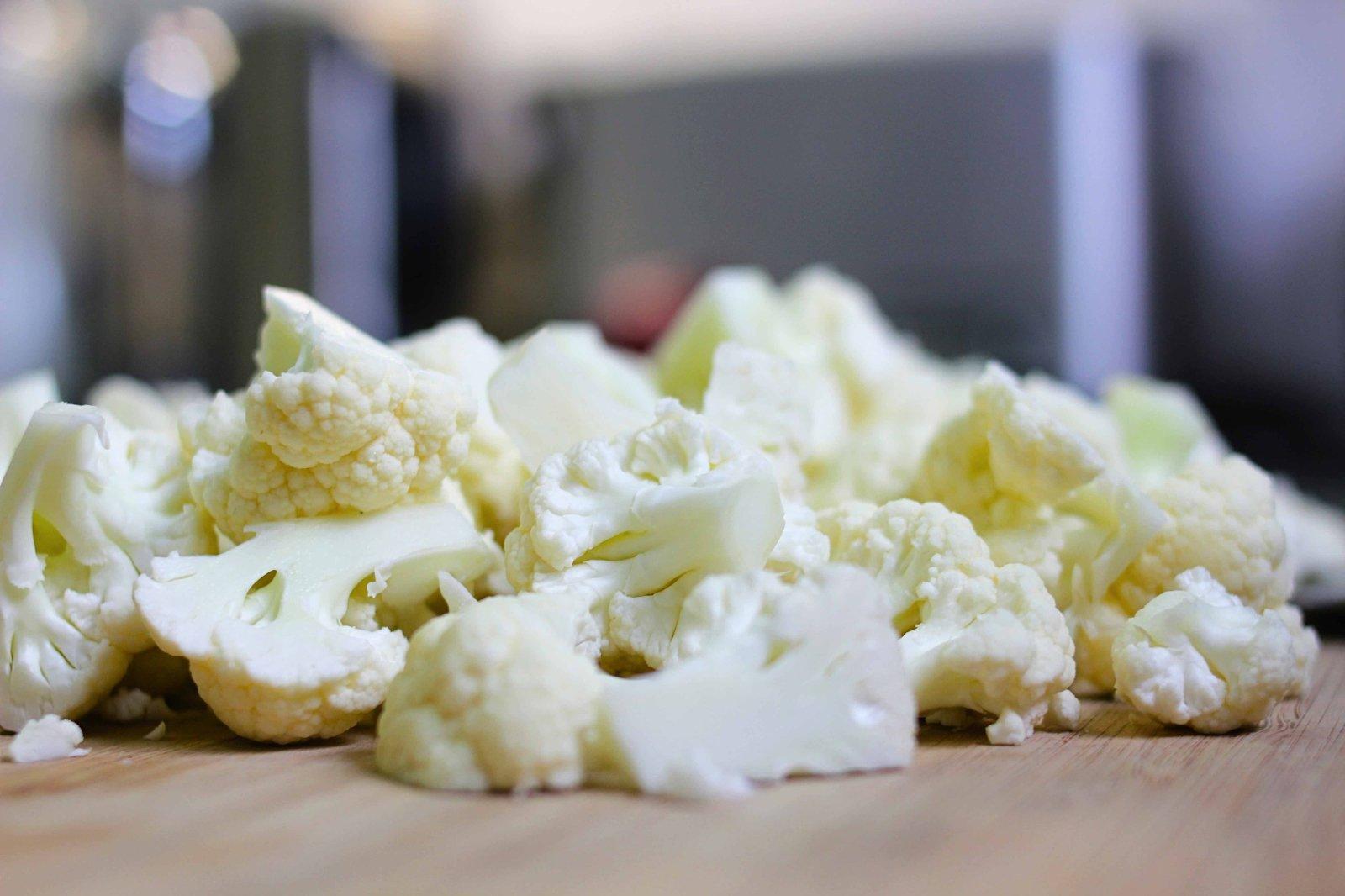Most Legit Reasons to Avoid Putting
Your Knives in the Dishwasher

Knife Anatomy and What Happens to it When Put in a Dishwasher?
Reasons | Why Avoid Putting Knives In Dishwasher
Blade Preservation
Longevity and Durability
Safety Concerns
Aesthetic Appeal
Now you have enough reasons for why you should avoid putting knives in the dishwasher, but what is the right practice? Follow this simple process as we mentioned below.
Cleaning & Maintenance Guide




Leave a comment
This site is protected by hCaptcha and the hCaptcha Privacy Policy and Terms of Service apply.